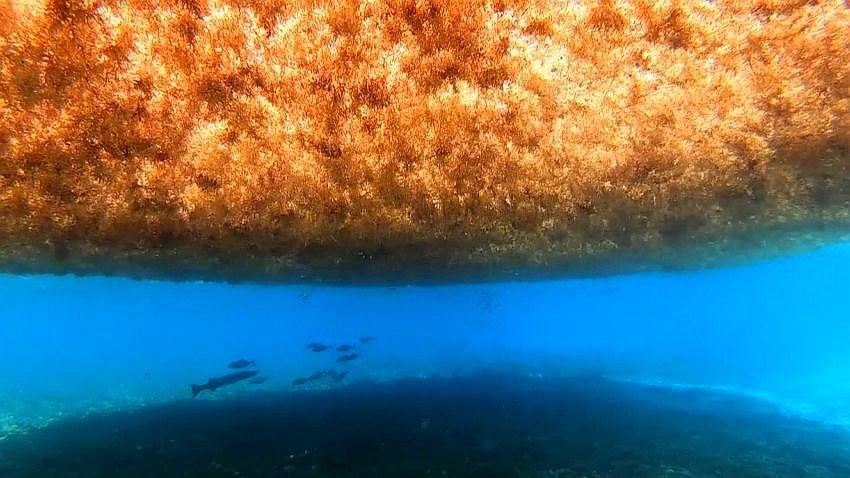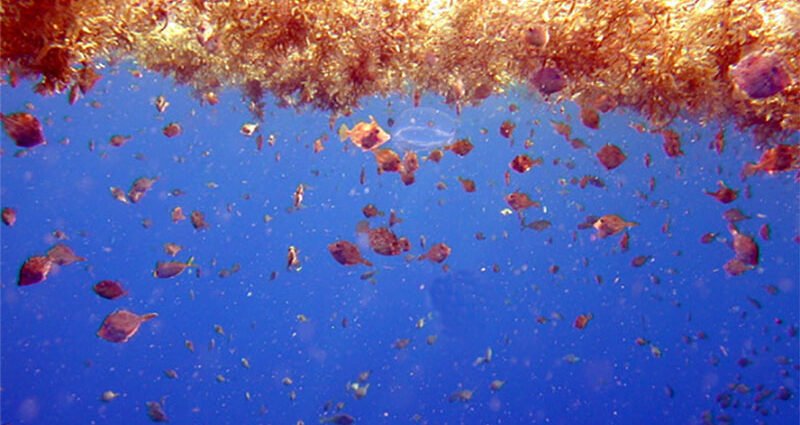Floating atop the clear waters of the Caribbean Sea is a massive expanse of around 5,000-mile-wide heap of rust-colored, brambly seaweed called sargassum. When this weed accumulates on beaches and breaks down, it releases a foul-smelling gas called hydrogen sulfide (also known as swamp gas), which resembles the scent of rotten eggs and can be harmful in large amounts.

However, this unpleasant-smelling weed may also play a role in capturing atmospheric carbon since our oceans absorb heat and about 30% of global carbon emissions. By submerging seaweed in the deep sea, one can prevent them from breaking so no foul-smell, additionally, the deeper the seaweed sinks, the greater the capacity it has to retain the carbon dioxide it has absorbed from the air and water.
Many technologies for capturing, storing, and removing carbon from the ocean are still in the early stages of development. However, certain methods, such as offshore seaweed and algae farming, have been used in Asia for over a hundred years.

Similar to trees, sea vegetation such as seaweed and microalgae can absorb carbon dioxide from the air and store it in their cells. The National Renewable Energy Laboratory (NREL) team decided to studied three methods of managing carbon in the ocean that utilize this biological process: seaweed farming, microalgae farming, and artificial upwelling.
Artificial upwelling involves bringing nutrients from the deep ocean to the surface, stimulating the growth of algae. These methods primarily capture carbon, but they may not effectively store it for extended periods but the sinking of captured carbon to the ocean floor using seaweed can store it for several hundred years,however, there is a risk of it being consumed by marine animals, thus making it uncertain how long the carbon will remain stored in their bodies.

Moreover, an increase in food in the deep ocean can draw in many animals, which can have negative consequences. Without sunlight, plants cannot grow and produce oxygen, leading to low oxygen levels and potentially causing harm to marine life.
Seaweed and algae farming, seaweed sinking, and artificial upwelling are affordable methods for removing carbon dioxide, but almost all are relatively new and untested technologies, and their costs, environmental impacts, and potential efficacy are still largely unstudied.
Reference- NREL study, National Geographic, Clean Technica, Popular Science, Nature Communications






